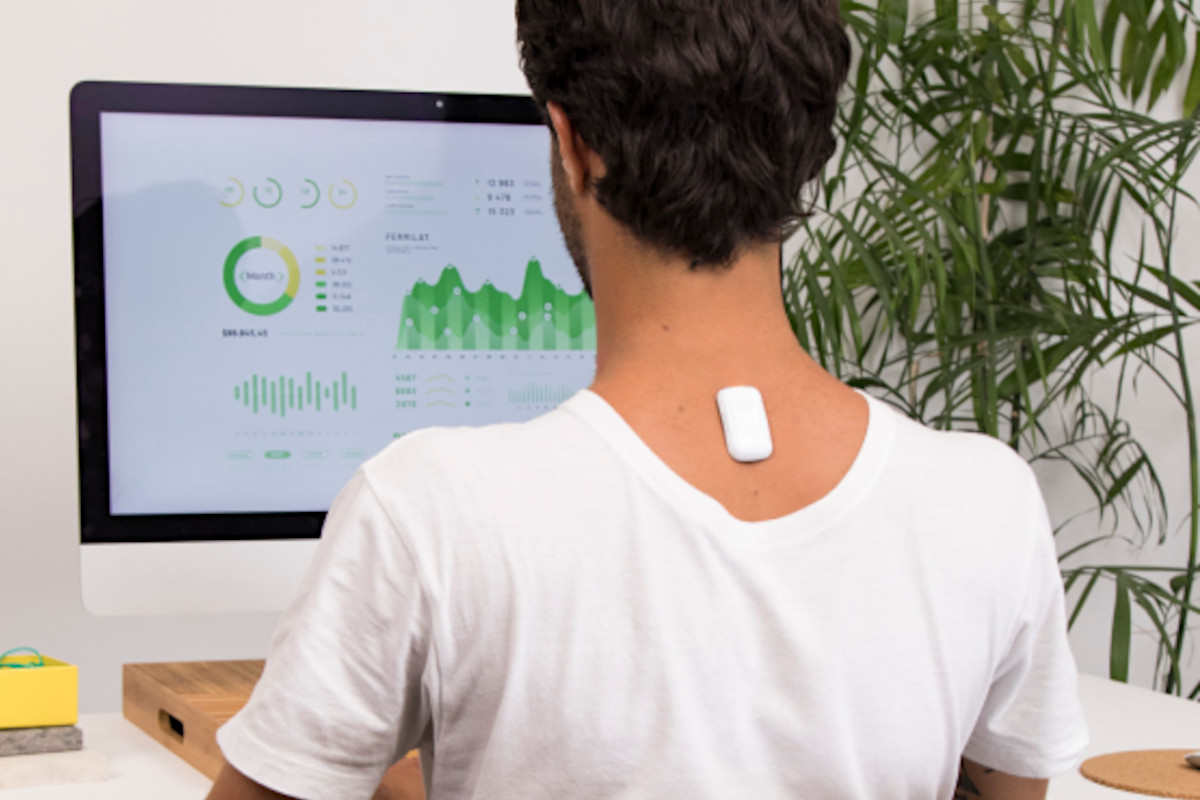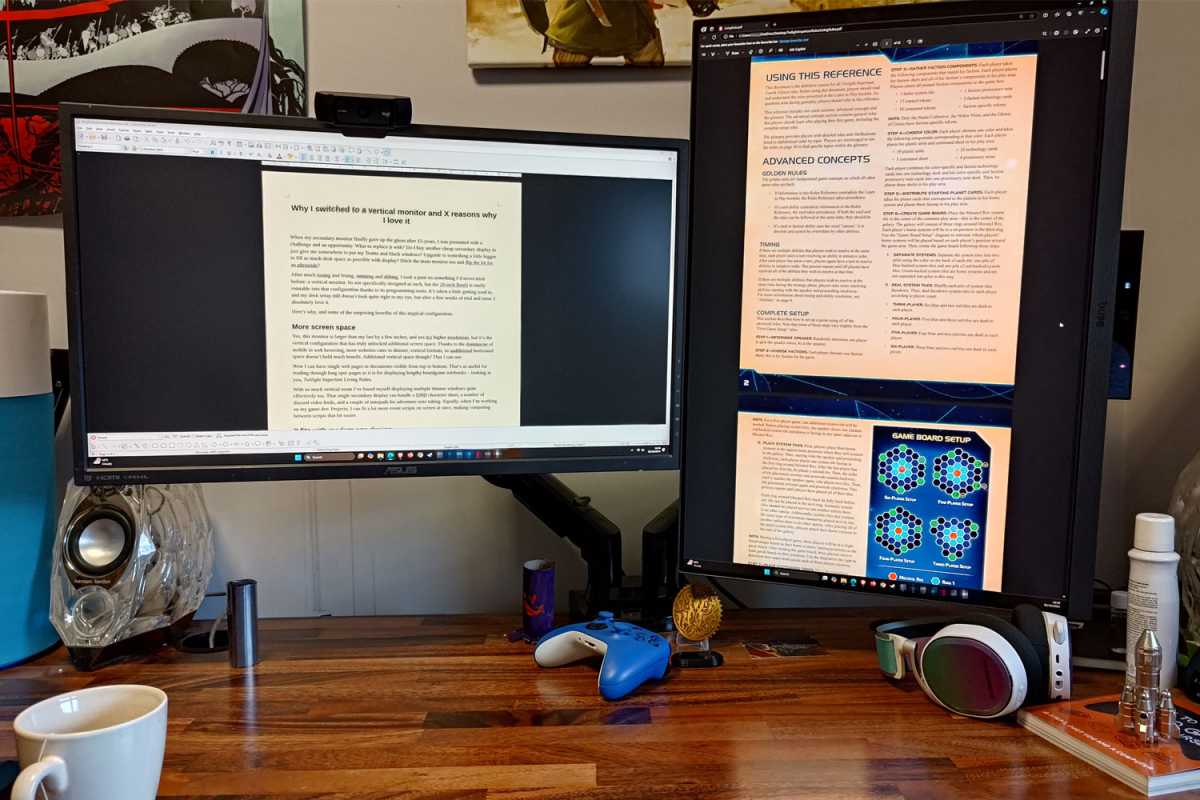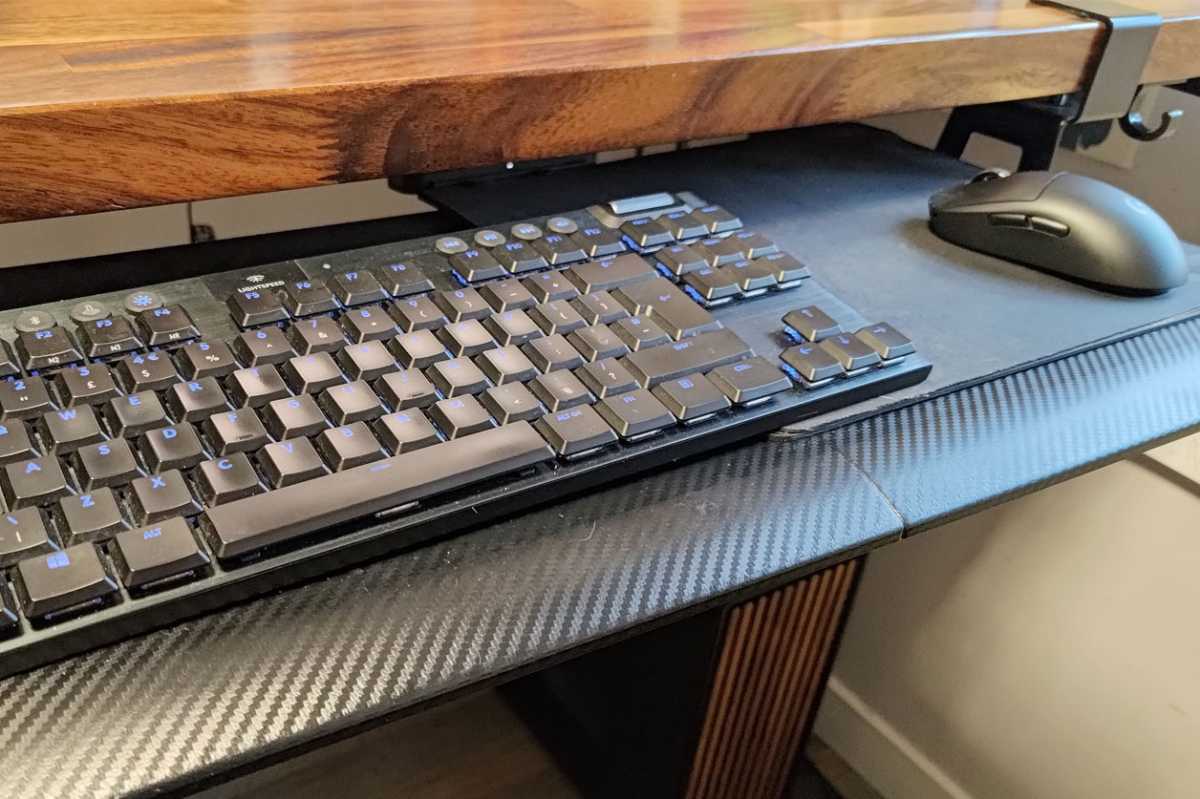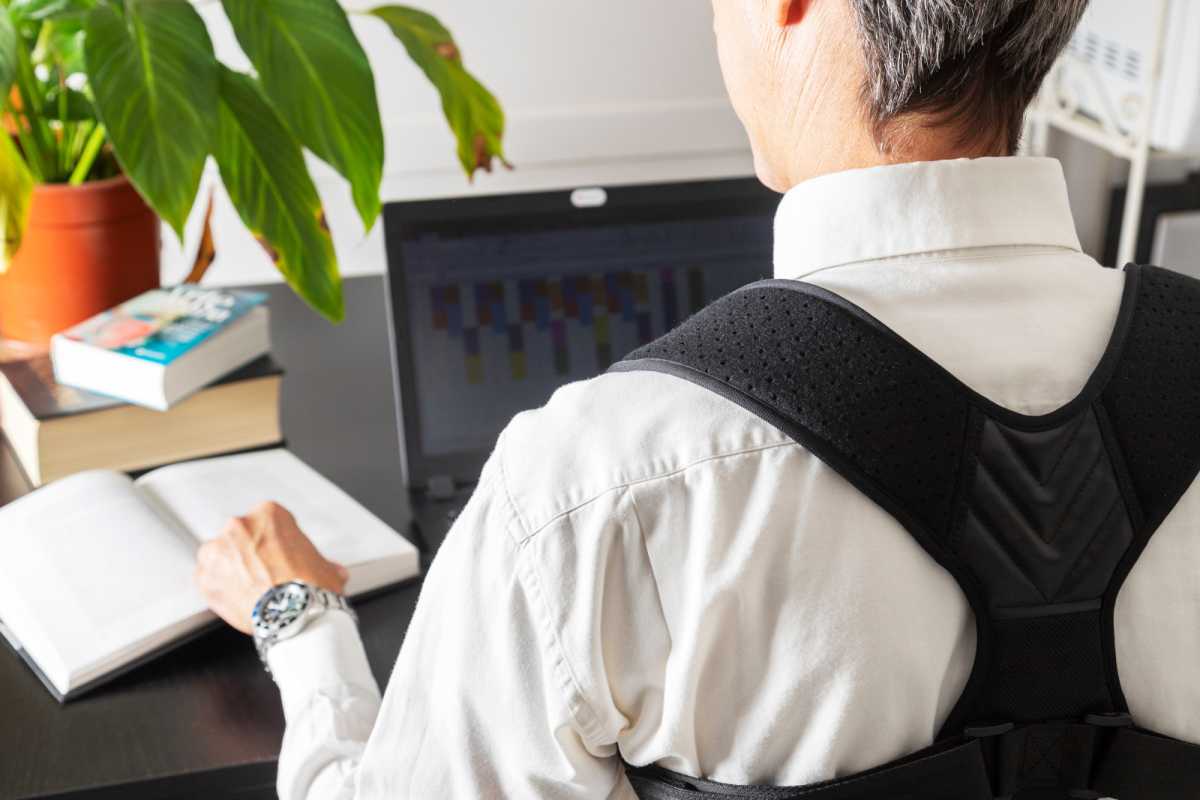5 accessories that can alleviate back pain from office work

 Image: Kaboompics.com / Pexels
Image: Kaboompics.com / PexelsJust a decade ago, few people really knew how damaging a sedentary desk job could be for one’s health. From carpal tunnel to herniated discs to muscle aches everywhere, plus the need to mainline tea or coffee all day, it turns out that being an office worker can be seriously bad for personal wellness — and chronic back pain tends to be the worst of it.
Fortunately, unlike in most physical labor jobs that can be literally back-breaking, office workers can make changes and improve habits to reduce the bodily strain that comes from working at a desk. And if you find it hard to incorporate such changes, tech accessories can really help.
Related: How to sit properly at your computer
After years of tweaks and trying all kinds of supportive gear, my back is much improved. Here are the most helpful gadgets, devices, and tools I continue to use to help thwart back pain while I work.
Standing desk

Uplift
If you make only one change to your workstation setup to improve your posture and back health, make it a standing desk.
Getting out of a constantly seated position was the best change I ever made for my back pain. No matter how many clever footrests or ergonomic chairs I used, I still always ended up leaning on my desk and hunched over my keyboard. It just seemed inevitable.
Only a standing desk has been able to help me with this. When I’m standing, it’s a lot harder to lean, harder to slouch, and though it isn’t a cure-all for poor posture, it was a night-and-day change for me. I’m fortunate enough to have an Uplift desk like this one, but there are plenty of cheaper alternatives out there. Get whatever you can afford.
Related: Are budget standing desks worth it?
Beyond just encouraging better posture, it also got me moving. I dance around while working, I sway back and forth on a balance board, and I pace while thinking. These were pretty much impossible to do while seated, and it was too much of a hassle to constantly get up and sit back down, meaning I ended up staying seated.
But it does take time to get used to a standing desk. Make sure to wear comfortable footwear (or get an anti-fatigue mat like this one) because your heels are really going to feel it those first few weeks of standing. (You could also throw in an under-desk treadmill like this one if you really want to get your steps in while working.)
And don’t forget that your body needs time to get adjusted to using a standing desk. You’ll be surprised how tiring it is to stand for most of your work day when you’ve been sitting for years. Take regular breaks and slowly increase how long you stand per day over time.
Upright Go 2 posture aid

Upright
One of the hardest parts of training myself to have better posture is realizing when I’m slouching. That’s where the Upright Go 2 comes in handy, as it can actually detect off posture and alert me to it.
This tiny device is essentially a wearable puck that sticks to your upper back and tracks how “upright” you’re standing. When you falter, it gives you a gentle reminder with a light vibration. (If you don’t care for adhesives, get the magnetic necklace bundle instead.)
For me, it’s especially handy when I’m working away from my primary standing desk, and it tracks your posture stats throughout the day so you can see how much you’re improving over time. (But it also works without any kind of software interaction if you don’t care for the analytics.)
Monitor arm

Jon Martindale / IDG
It’s one thing to have a standing desk that keeps you on your feet. But did you know your monitor should be positioned such that the top edge of your monitor is aligned with your eyesight?
Even with a standing desk, a monitor that’s positioned too high or too low can cause you to crane your neck up or down, which only encourages you to break good posture. And most monitor stands don’t have enough adjustability to get their monitors positioned properly.
One of the best ways around this problem is to use a VESA-compatible monitor arm. You can get them in models that support single monitors, multiple monitors, ultrawide (and ultraheavy) monitors. They typically clamp to your desk, and they help free up desk space while giving you much greater control over your monitor’s placement.
Related: The best monitor arms for your workstation
Keyboard tray

Jon Martindale / IDG
With standing desk and monitor arms in place, my work-from-home setup was almost perfect… but I still found myself with a slightly “shrugged” posture no matter what I tried. Maybe it’s my diminutive 5’4″ stature, but when I’m at my desk, my shoulders are forced to shrug if I want to maintain 90-degree elbows (i.e., the proper way to use a computer).
That’s where my keyboard tray comes into play. This not-so-glamorous accessory proved to be an essential ingredient in my no-back-pain cake. It drops my keyboard and mouse down another six inches below my desk surface, allowing me to finally have that neutral standing position I’ve been chasing all these years. (And my PCWorld colleague uses a keyboard tray to help with her shoulder pain.)
Another benefit to a keyboard tray is that it removes the keyboard and mouse from the desk surface, clearing even more space. Now I have no monitor stands, no keyboard, no mouse, no mouse pad on my desk!
Posture corrector

Filefluid / Shutterstock
When my back pain was at its worst, it seemed like there was no position — apart from the most perfect posture of chest up and shoulders back — that wouldn’t leave me in excruciating pain. While mainlining painkillers helped get me through the worst of it, a posture corrector (or posture strap) helped me through the rest.
A posture corrector is an ergonomic accessory that basically pulls your shoulders back for you, forcing you into good posture. The problem with posture correctors is that they do all of the work for you, so you never actually build the necessary muscles to maintain good posture on your own. In fact, over time, your muscles might even weaken.
So, they aren’t ideal for constant use. But if you’re hunching because your muscles and tendons are overly tight, or if you’re just starting off and don’t know what “good posture” feels like, a posture corrector can be invaluable — especially during those times when you’re tired and it’s so easy to fall back into bad posture habits.
My particular brand of posture corrector is no longer sold, but there are loads of similar options out there that don’t cost much. Make sure to check reviews and find one that’s comfortable, effective, and durable.
Bonus: SitApp

SitApp
This one technically isn’t an “accessory” like the others, but it helps me enough to recommend it. It’s a free desktop app called SitApp that uses your webcam to track your posture, then flashes an on-screen alert if you start hunching forward or craning your neck.
It’s nuanced, meaning you can set a “good” posture position and multiple “bad” posture positions, and it’ll only flag your attention when you’re in one of your bad postures as opposed to just looking at your phone.
It can feel a little intrusive at the start, but once you get used to it, the effect is very real. You can even gamify it by trying to beat your record for how much time you spend in good posture. (My personal record is four hours at 93% good posture!)
Won the battle, but the war goes on
Back pain, posture, and other “work”-related injuries and ailments will likely be something I’ll always have to contend with, but lately I feel like I’m winning the long war. I’ve certainly made massive improvements to my day-to-day comfort, and I feel fitter for it all, too. I stand straighter and I might’ve even nudged my height up by a half-inch.
Okay, maybe that’s wishful thinking. But I can tell you one thing for certain: thanks to these accessories, my back no longer hurts as much or as often as it used to. Long may it continue.
Keep reading: Practical work-from-home tech products for your office
Author: Jon Martindale

Jon Martindale is a voracious writer and technology fanboy who loves nothing more than digging into the specs of the latest graphics cards, processors, and displays. He’s passionate about everything PC, but also enjoys experimenting with AIs, and covering new standing desks that can help avoid his worst posture habits.
Recent stories by Jon Martindale:
I switched to a vertical monitor: 5 reasons I’m in loveIs your SSD about to die? 10 warning signs you shouldn’t ignoreWhy you need a docking station for your laptop: 8 big benefits




